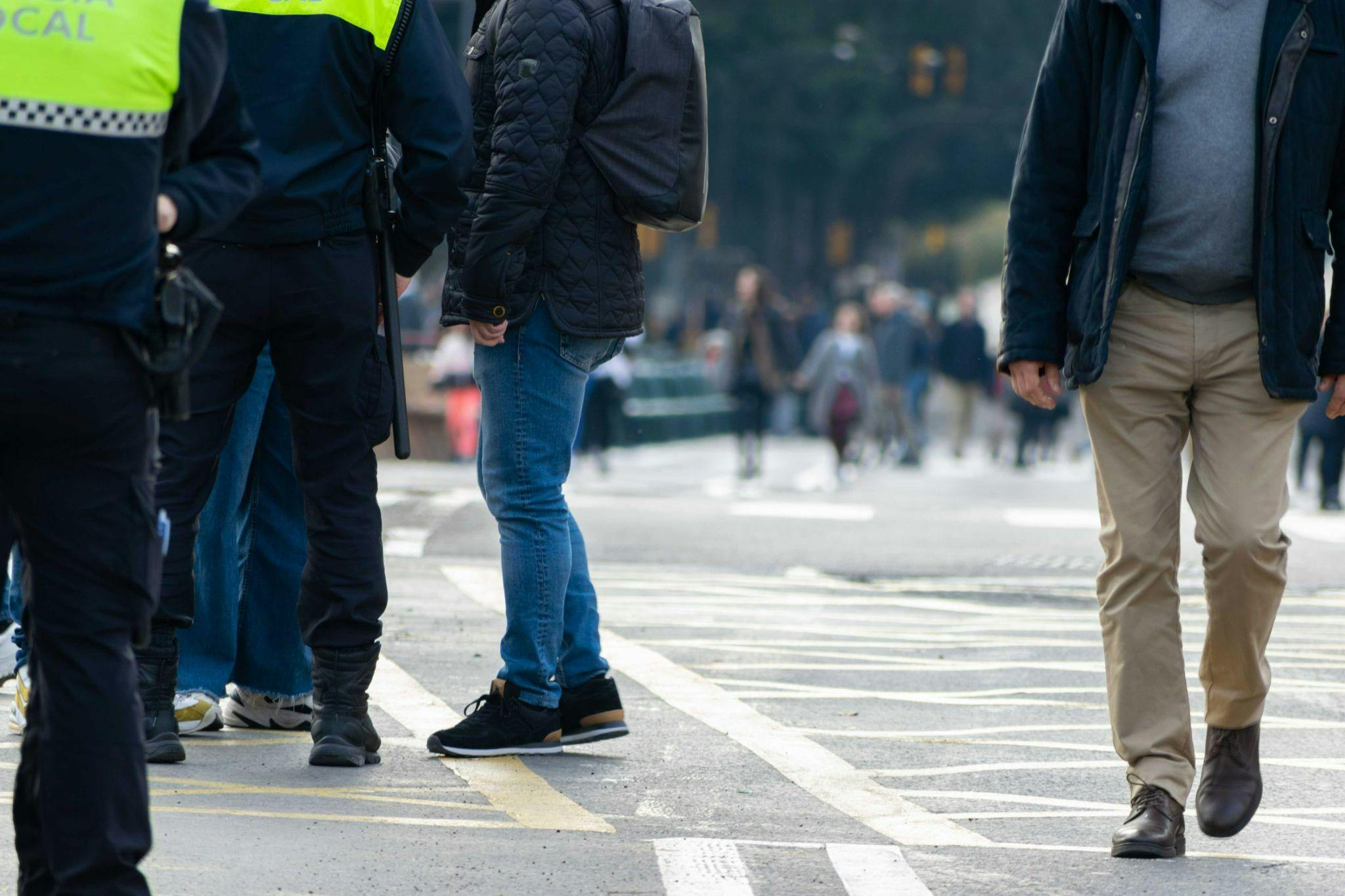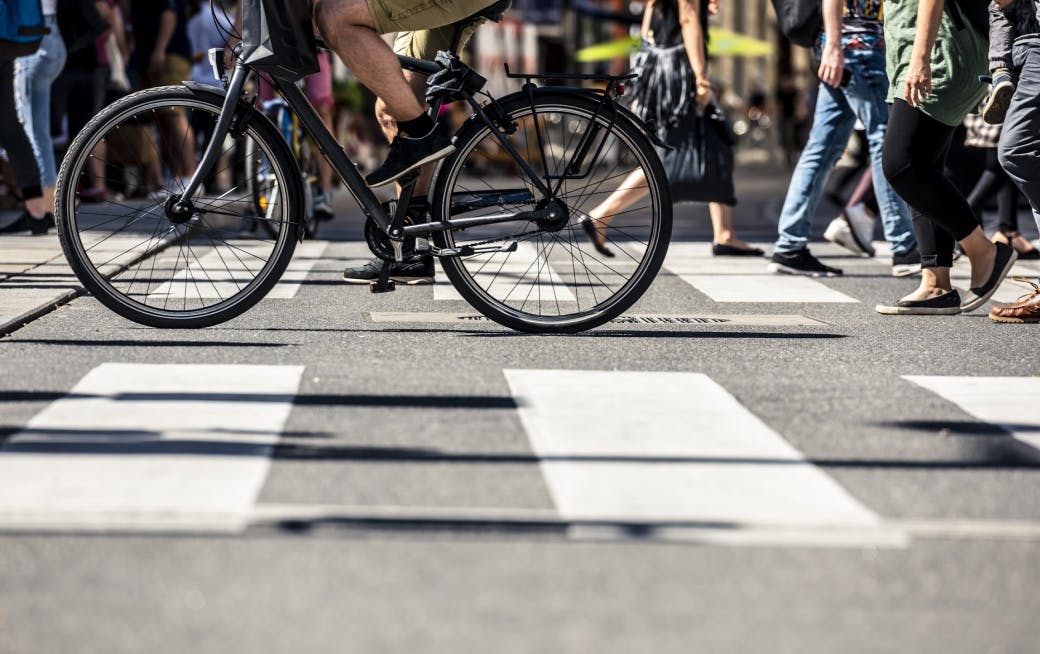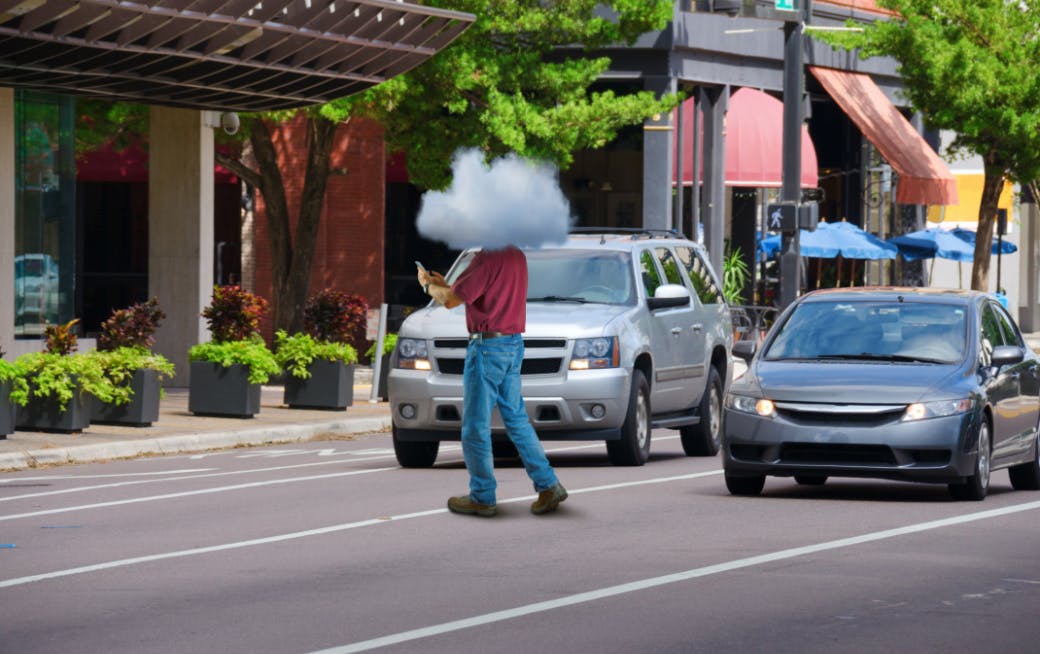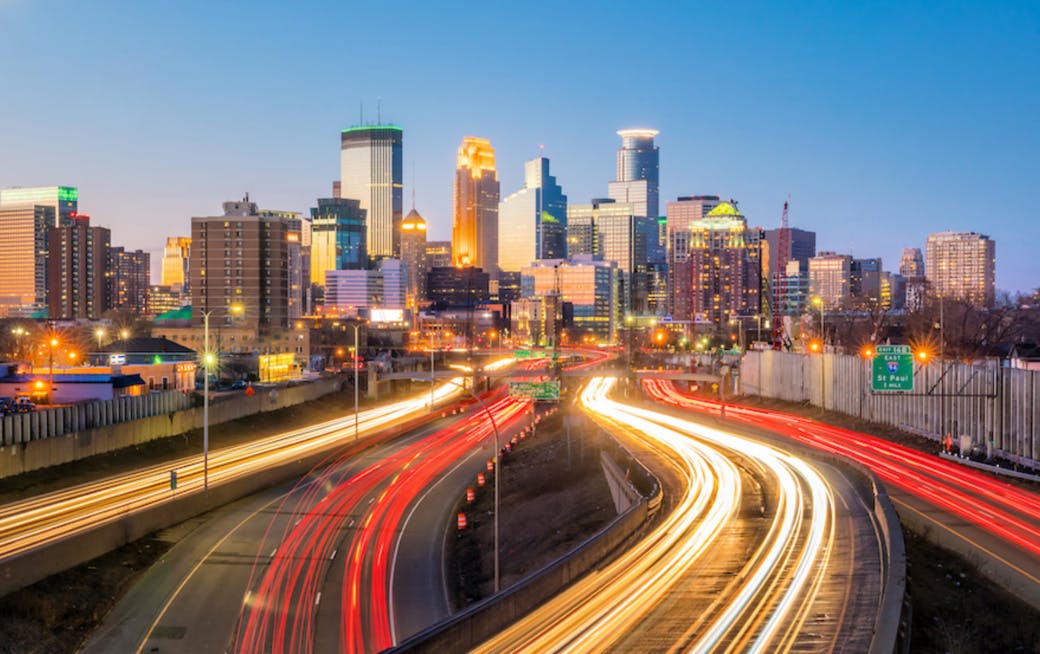Pedestrian Safety And Alert Drivers Can Prevent Accidents
Crosswalks are an important safety feature implemented into Minnesota’s transportation network that allow pedestrians to safely cross roadways. Every year in Minnesota, pedestrians are struck and killed by drivers who simply did not see the person walking across the road. Drivers must be aware of their surroundings at all times to be alert for all pedestrian crossings. Many drivers do not know that there are different types of crossings and areas where pedestrians have the right of way over automobile traffic. The following are several types of crossings where the pedestrian has the right of way over motor vehicle traffic. Crosswalks. Minn. Stat. 169.011 defines a crosswalk as (1) that portion of a roadway ordinarily included with the prolongation or connection of the lateral lines of sidewalks at intersections; (2) any portion of a roadway distinctly indicated for pedestrian crossing by lines or other markings on the surface.Crosswalks can be marked or unmarked. A marked crosswalk will have the traditional ladder-and-rung style markings on the pavement. What many drivers do not consider is that crosswalks can also be unmarked. An unmarked crosswalk exists where the lateral lines of sidewalks at intersections connect across a roadway. Drivers must be aware that pedestrians have the right of way at ANY crosswalk, marked or unmarked. Minn. Stat. 169.21 states "where traffic-control signals are not in place or in operation, the driver of a vehicle shall stop to yield the right-of-way to a pedestrian crossing the roadway within a marked crosswalk or at an intersection with no marked crosswalk. The driver must remain stopped until the pedestrian has passed the lane in which the vehicle is stopped."Even where there are no crosswalks, pedestrians have the right of way when crossing at intersections. An intersection is defined as "the area embraced within the prolongation or connection of the lateral curb lines or, if none, then the lateral boundary lines of the roadways of two highways which join one another at, or approximately at, right angles or the area within which vehicles traveling upon different highways joining at any other angle may come in conflict”. Thus, when approaching any intersection drivers must watch for pedestrian traffic and reduce their speed to anticipate pedestrians that may cross at intersections. This is particularly true in areas that have high levels of pedestrian traffic. If you or loved one are injured as a pedestrian, it is important to consult with an experienced Know Your Rights personal injury attorney as soon as possible. Call me or submit your case inquiry online 24/7. We’re here to help.












